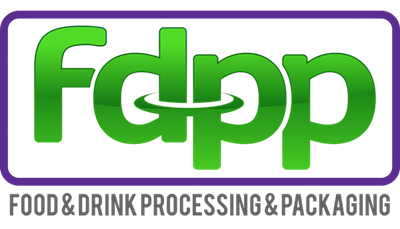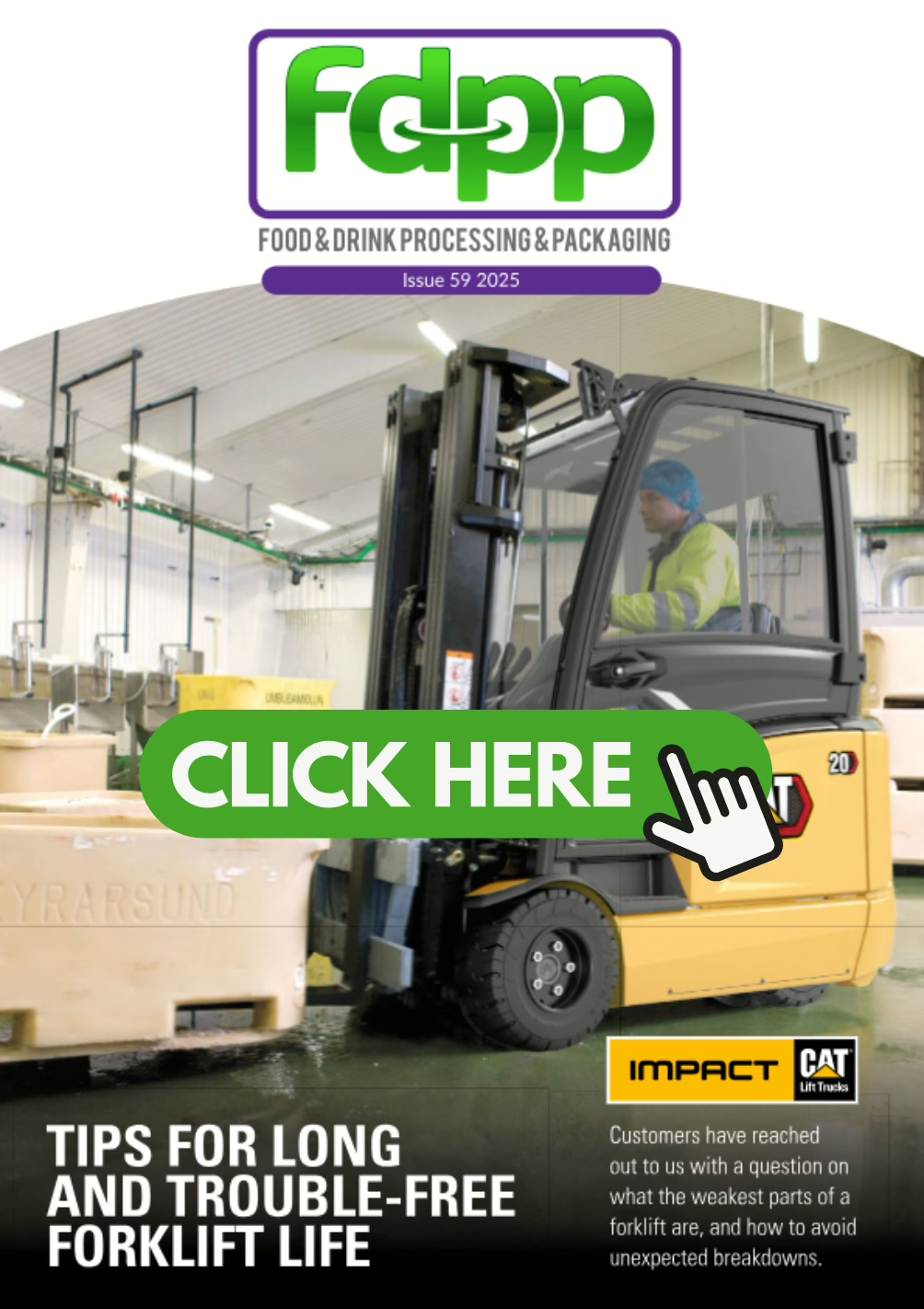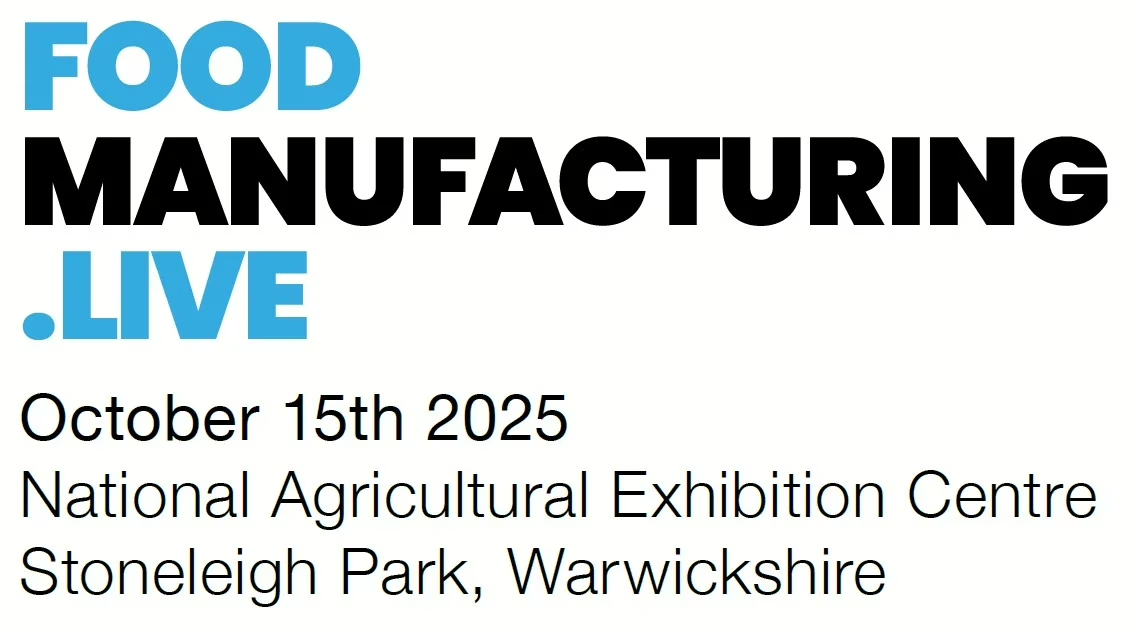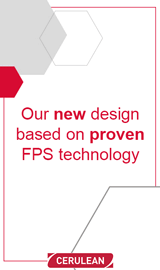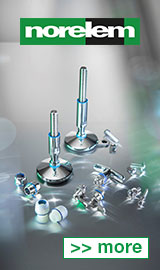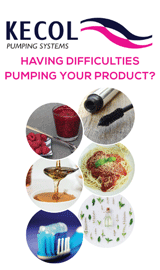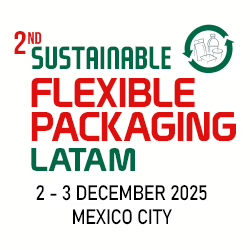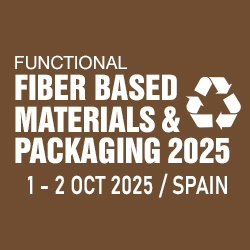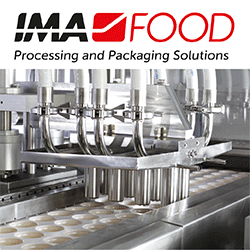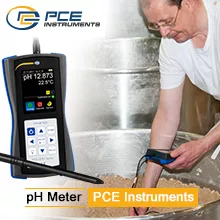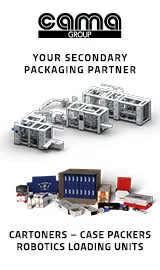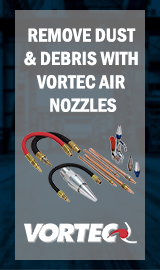Smarter Automation
Unlocking the Potential of End-of-Arm Tooling with Additive Manufacturing End-of-arm tooling (EOAT) is a critical component in the world of industrial automation, acting as the interface between a robotic arm and the parts or products it manipulates. EOAT includes a wide range of devices such as grippers, suction cups, welding torches, cutting tools and even sensors. The specific design and function of the tooling depend on the task at hand, whether it’s picking, placing, assembling, testing, or packaging.
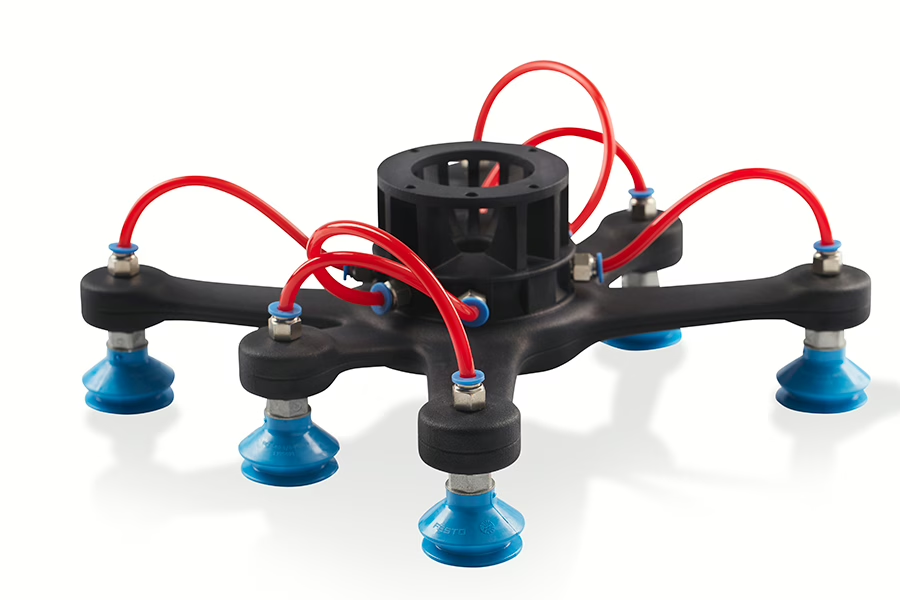
Driving Efficiency and Flexibility in Serial Production
Automation systems rely heavily on EOAT to enable robots to carry out their programmed functions with precision, consistency and efficiency. Without suitable tooling, even the most advanced robotic systems would be unable to perform meaningful tasks. As manufacturing requirements become more complex and varied – especially in serial production – the demand for advanced and adaptable EOAT has grown significantly.
The Role of Collaborative Robots and EOAT One of the key developments driving the evolution of EOAT is the rise of collaborative robots (cobots). Unlike traditional robots that operate behind safety barriers, cobots are designed to work safely alongside human operators. This shift has led to the creation of EOAT solutions that are lighter, safer and easier to integrate. Modular tooling systems are now commonplace, allowing for quick and simple changeovers between tasks, which minimises downtime and maximises productivity.
Additive Manufacturing: A Game Changer for EOAT An exciting development in the world of end-of-arm tooling is the growing use of additive manufacturing (AM) – or industrial 3d printing. It offers unique advantages when it comes to designing and producing EOAT components, especially for businesses seeking faster lead times, lightweight solutions and greater design flexibility with complex geometries that would be difficult to achieve otherwise.
This means that EOAT can be tailored exactly to a specific part or process, resulting in batter grippers, improved performance, reduced cost (eliminating the need for expensive tooling), waste and weight. Since cobots are designed to work safely with human operators, lighter tools are beneficial when working collaboratively as they increase speed, safety and efficiency.

Furthermore, additive manufacturing also decreases development time since prototypes has an increased speed to market. It enables faster innovation and unlocks new design possibilities ad performance. By leveraging the capabilities of AM, EOS demonstrates how tailored tooling solutions can enhance efficiency, reduce lead times, and meet the demands of modern manufacturing.
Conclusion Looking ahead, EOAT is set to become even more sophisticated as advancements in materials, AI integration and data analytics continue to influence automation. Manufacturers who invest in flexible, future-ready EOAT solutions will be better positioned to adapt to changing demands, reduce costs and maintain competitive advantage in an increasingly automated industrial landscape.
In summary, end-of-arm tooling is a vital enabler of automation, transforming what robots can achieve and shaping the future of manufacturing, particularly within industries focused on serial production and industrial 3D printing solutions. To discuss how we can help you on your next project, call 01635 635855 or email info@prototaluk.com For more information visit: www.prototal.co.uk
